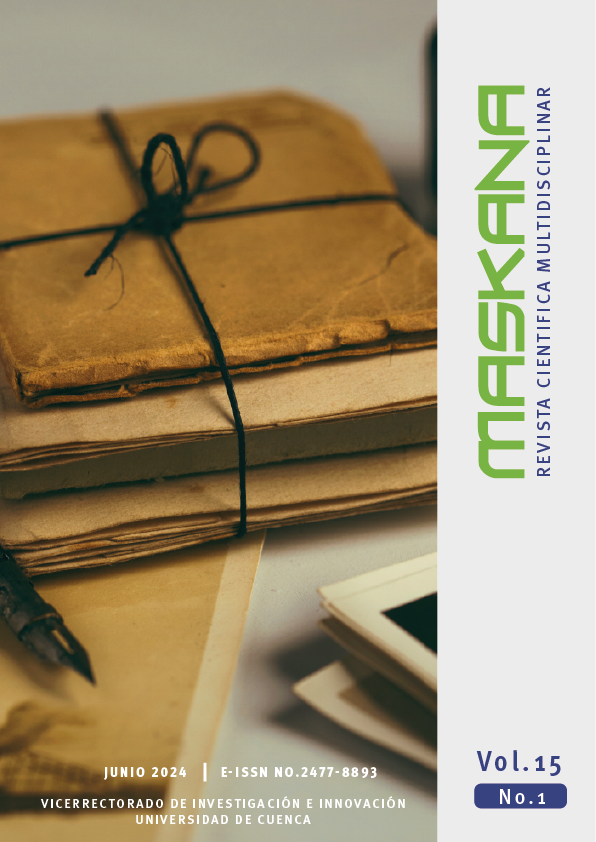The chrononym “withdrawal” in the history of Spain: case study based on photography
DOI:
https://doi.org/10.18537/mskn.15.01.04Keywords:
withdrawal, photography, memory, Centelles, SpainAbstract
The research focused on analyzing the term “withdrawal” in the context of the history of Spain during the Civil War and exile. We sought to understand how it was perceived and represented by those who lived through it and its impact on the recovery of democratic memory. Therefore, visual representations were explored using methods such as literature review, analysis of primary sources, visual analysis, interviews and comparative analysis. The results highlighted the diversity of visual representations and the importance of photography, including the work of Agustí Centelles, in the preservation of historical memory. A visual narrative and changes in the collective memory of Spain were identified. In conclusion, it highlights how visual representations of the Republican withdrawal and exile have shaped historical memory, both nationally and internationally.
Downloads
Metrics
References
Altares, G. (17 de noviembre de 2021). El dilema de revisar la Ley de Amnistía. El País. https://elpais.com/espana/2021-11-18/el-dilema-de-revisar-la-ley-de-amnistia.html
Archivo Fundación Juan Negrín de Las Palmas de Gran Canaria.
Archivo Centro Documental de la Memoria Histórica.
Barthes, R. (1980). La chambre claire: note sur la photographie. L’Étoile.
Bacot, P., Douzou, L., Honoré, J.P. (2008). Chrononymes. La politisation du temps, Mots. Les langages du politique, (87) 5-12. https://doi.org/10.4000/mots.11552
Bartoli, J. (2009). La Retirada: exode et exil des républicains. Actes Sud.
Centelles, A. (1939). Diario de un fotógrafo: Bram, 1939. Península.
Halbwachs, M. (1997). La Mémoire collective. Albin Michel.
Kalifa, D. (2016). ‘Belle Époque’: invention et usages d’un chrononyme, Revue d’histoire du XIXe siècle [En ligne], (52), 119-132. https://doi.org/10.4000/rh19.4997
Maeck, J., y Steinle, M. (Eds.) (2016). L’image d’archives. Une image en devenir. Presses universitaires de Rennes.
Montanyà, X. (2020). ‘Josep’, homenatge a la tragèdia de l’exili republicà del 39. Vilaweb. https://www.vilaweb.cat/noticies/josep-homenatge-a-la-tragedia-de-lexili-republica-del-39/
Namer, G. (1983). Batailles pour la mémoire. La commémoration en France de 1945 à nos jours, Paris, Papyrus.
Nora, P. (2020). L’avènement de la mémoire, Le Débat, (210), 232-234. https://10.3917/deba.210.0232
Pantoja Chaves, A. (2007). La imagen como escritura: El discurso visual para la historia. Norba: revista de historia, (20), 185-208.
Pere Soler, P. (2019). La memoria histórica de la Guerra Civil, la dictadura franquista, y la Transición, en España. Síntesis histórica e iniciativas legislativas recientes, Cahiers de civilisation espagnole contemporaine, (23). https://doi.org/10.4000/ccec.8857
Sevillano Calero, F. (1998). Propaganda y medios de comunicación en el franquismo (1936-1951). Ed. Universidad de Alicante.
Urbano, P. (2014). La gran desmemoria. Lo que Suárez olvidó y el Rey prefiere no recordar. Planeta.
Veyrat Masson, I. (2014). Médias en images et politique de l’image. En Sous les images, la politique. Presse, cinéma, télévision, nouveaux médias (XXe-XXIe siècle). CNRS Editions. https://doi.org/10.4000/books.editionscnrs.15839
Yusta Rodrigo, M. (2011). ¿« Memoria versus justicia »? La «recuperación de la memoria histórica» en la España actual, Amnis, (2). https://doi.org/10.4000/amnis.1482
Published
How to Cite
Issue
Section
License
Copyright (c) 2024 Sabrina Grillo

This work is licensed under a Creative Commons Attribution-NonCommercial-ShareAlike 4.0 International License.
Copyright © Autors. Creative Commons Attribution 4.0 License. for any article submitted from 6 June 2017 onwards. For manuscripts submitted before, the CC BY 3.0 License was used.
![]()
You are free to:
 |
Share — copy and redistribute the material in any medium or format |
 |
Adapt — remix, transform, and build upon the material for any purpose, even commercially. |
Under the following conditions:
 |
Attribution — You must give appropriate credit, provide a link to the licence, and indicate if changes were made. You may do so in any reasonable manner, but not in any way that suggests the licenser endorses you or your use. |
| No additional restrictions — You may not apply legal terms or technological measures that legally restrict others from doing anything the licence permits. |









